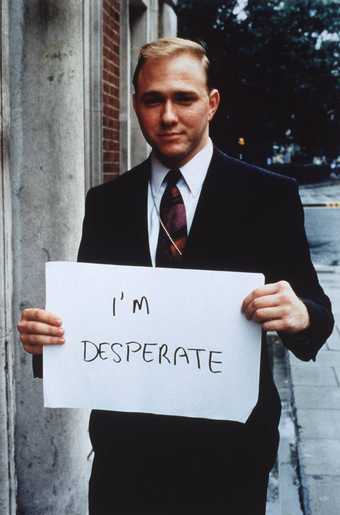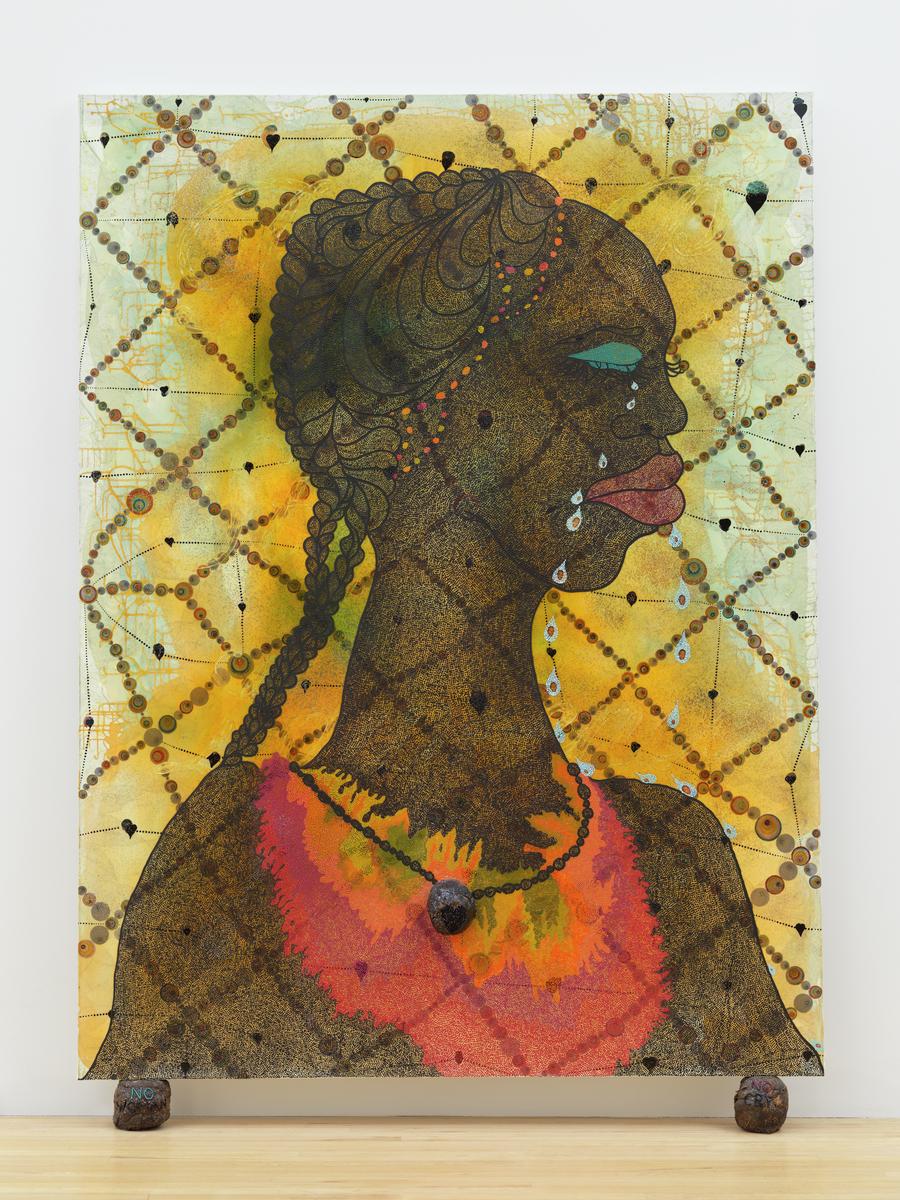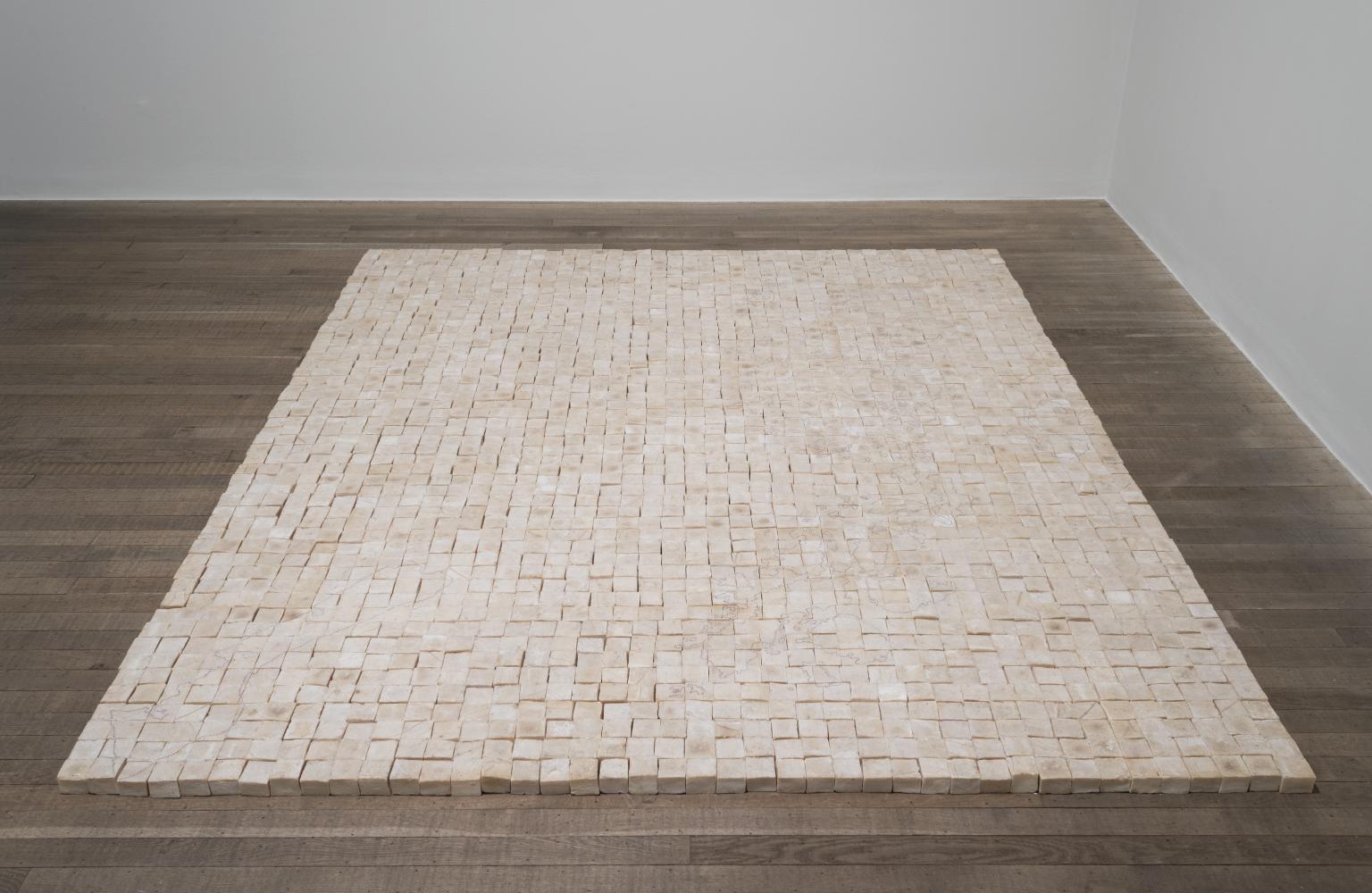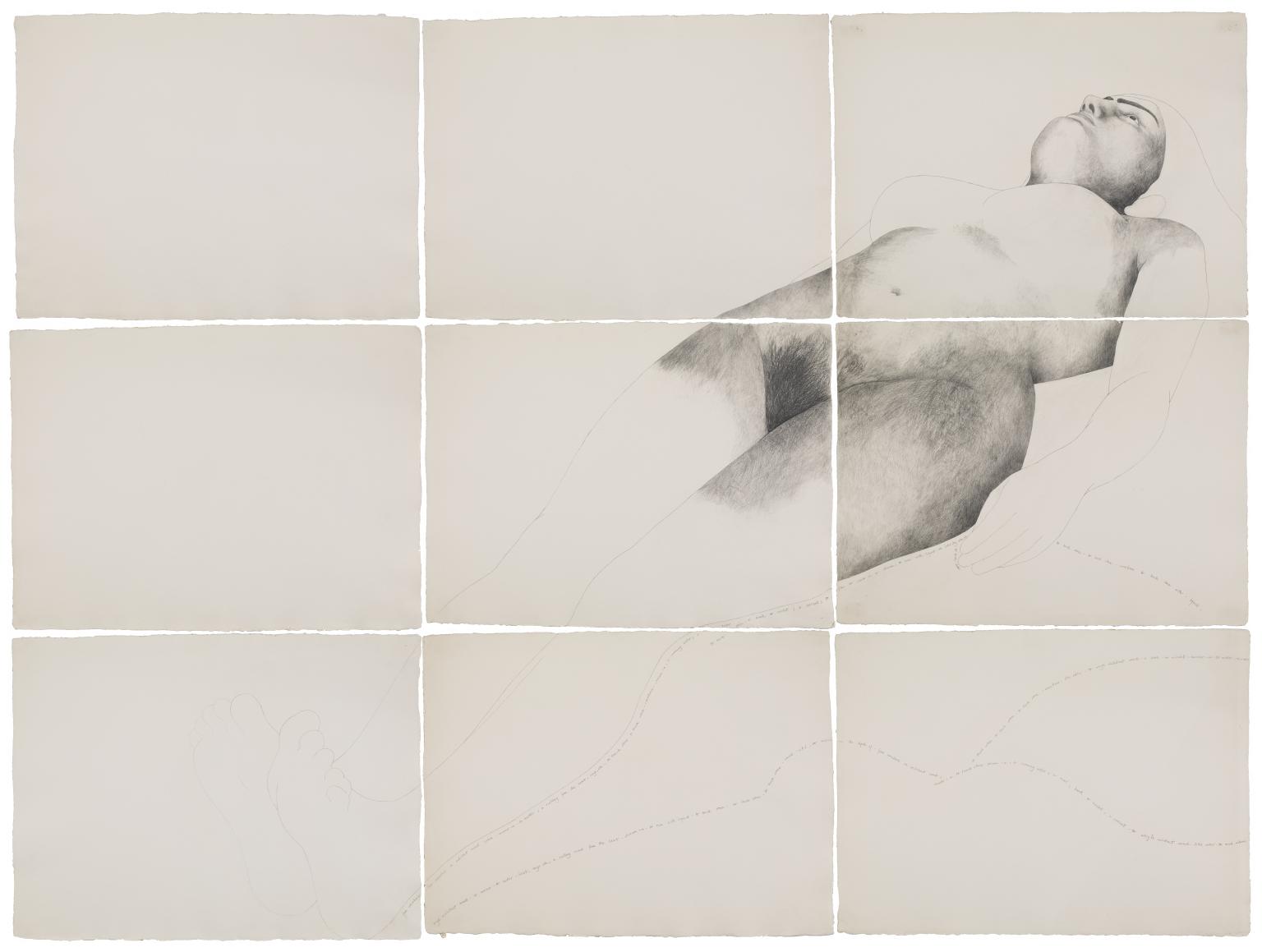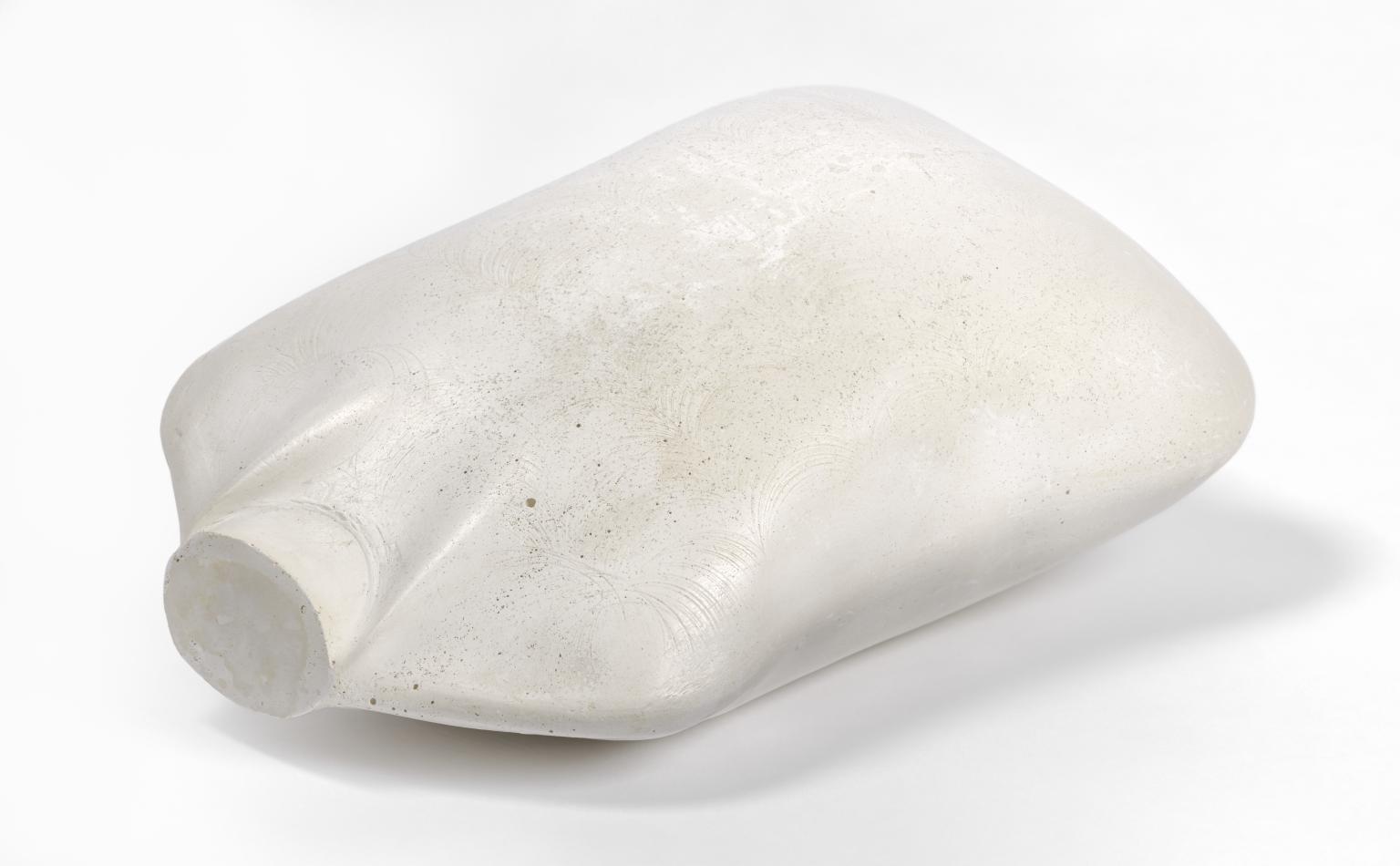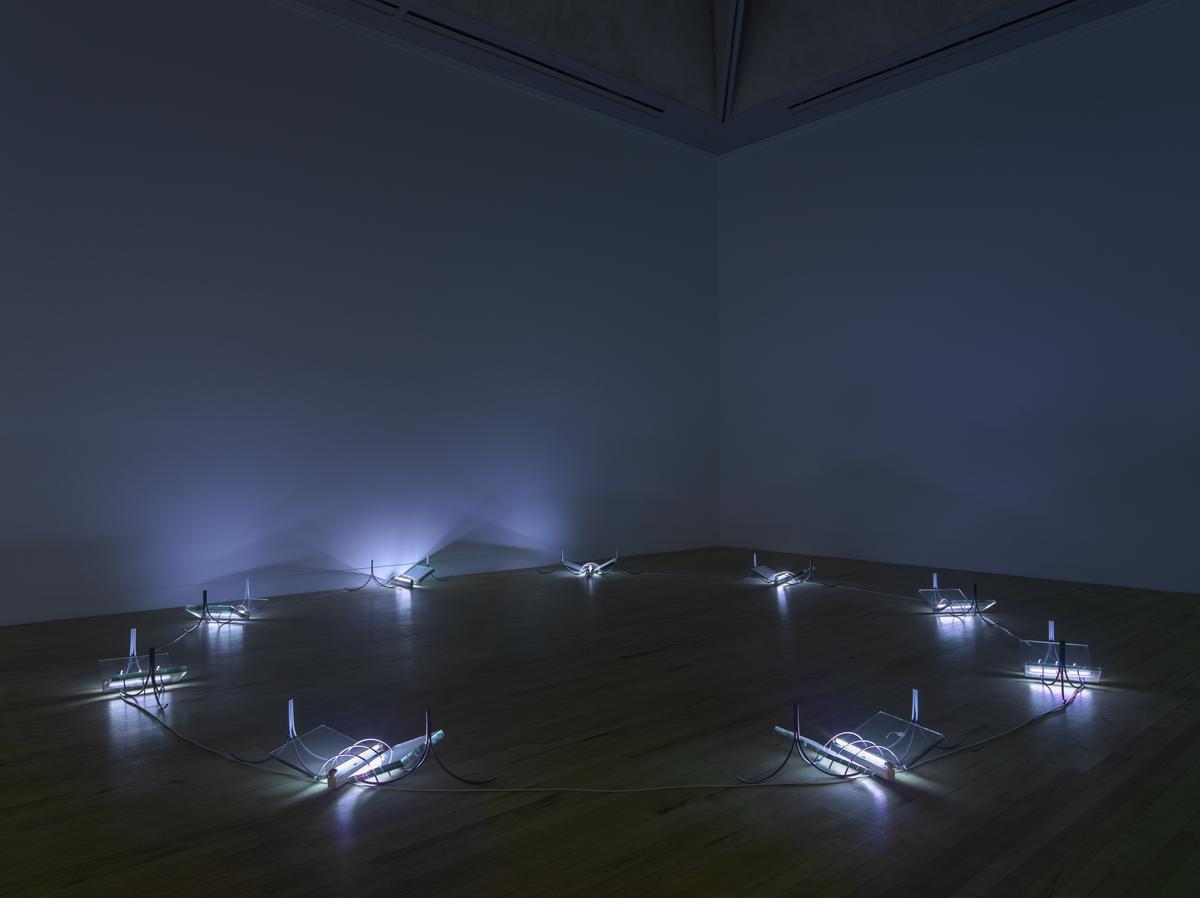14 rooms in Modern and Contemporary British Art
Media, money and celebrity transforms the landscape of British art. Provocative young artists take centre stage, while others contemplate cross-cultural identities
After the political and social conflicts of the 1980s, Britain in the 1990s enters a period of apparently progressive optimism. Tony Blair’s New Labour government increases funding for the arts and provides free admission to public museums. Young artists, musicians and designers enjoy increased attention and celebrity. New Labour trades on this combination of art, music, celebrity and media in a moment known as ‘Cool Britannia’.
A group of young artists make ambitious artworks and stage their own exhibitions in empty East London warehouses while still at art college. They are entrepreneurial and provocative, not waiting to be invited by established art galleries and museums. They become known as the Young British Artists (YBAs). Artists such as Damien Hirst and Tracey Emin gain celebrity and notoriety in equal measure as money begins pouring into the scene. Their work often engages with experiences of class and gender in Britain, as well existential feelings.
While the media fixate on the YBAs, artists as various as Mona Hatoum, Peter Doig and Wolfgang Tillmans develop practices that are more lyrical and reflective in sensibility. They reinvent painting, drawing or photography, and experiment conceptually with less familiar materials and methods. They bring a multitude of cultural perspectives – transnational, post-colonial, queer – to Britain’s increasingly globally connected art scene.
Art in this room

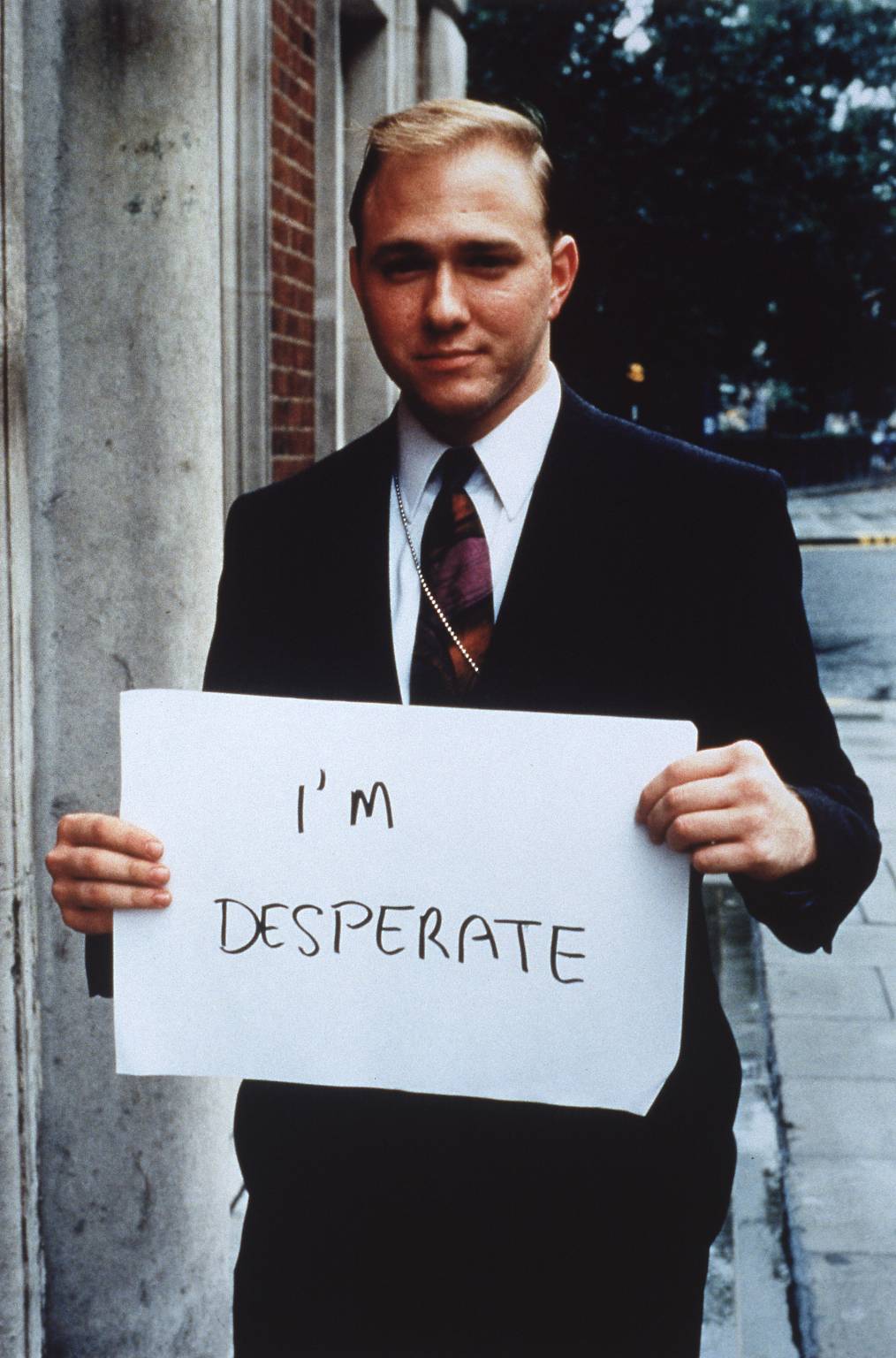
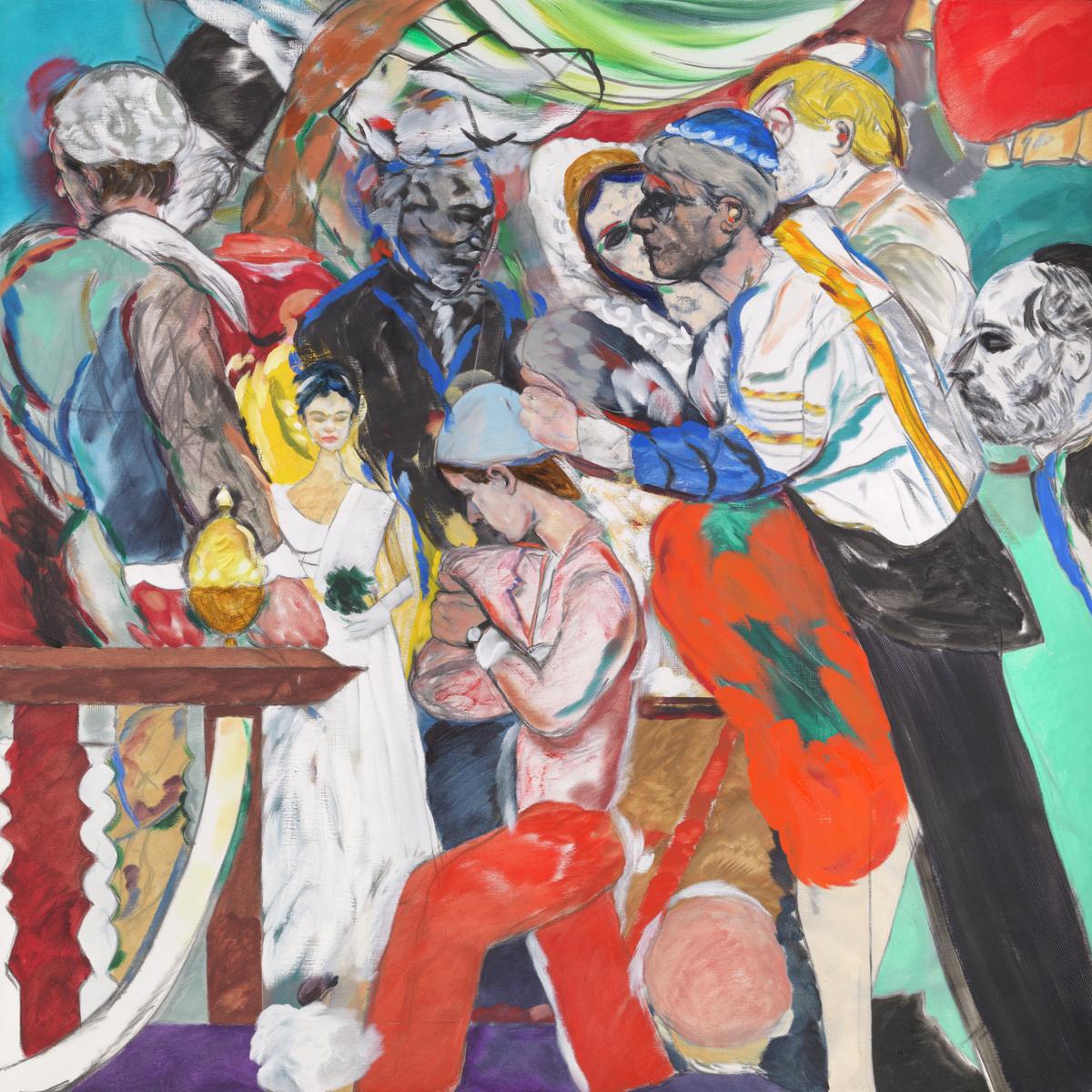
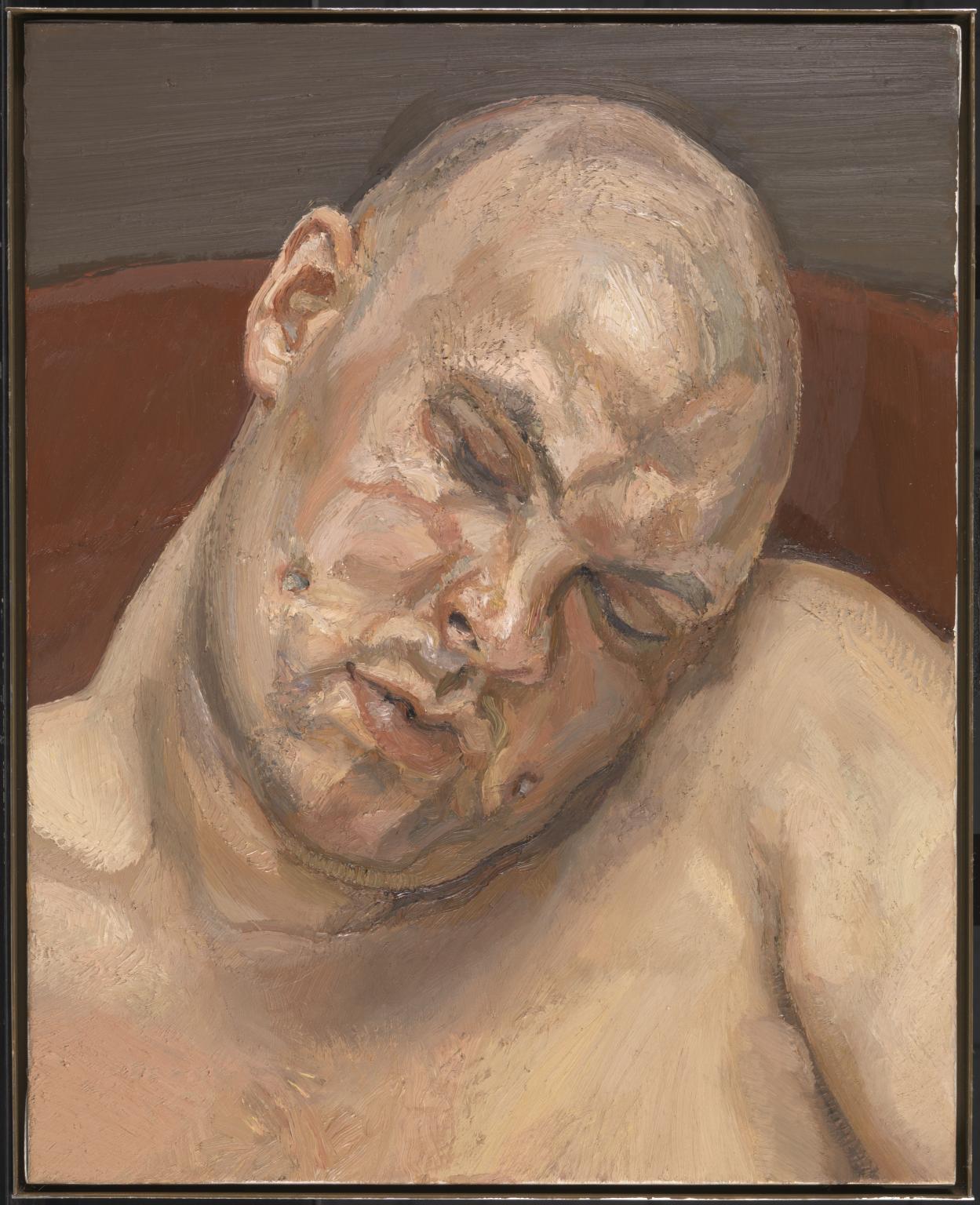

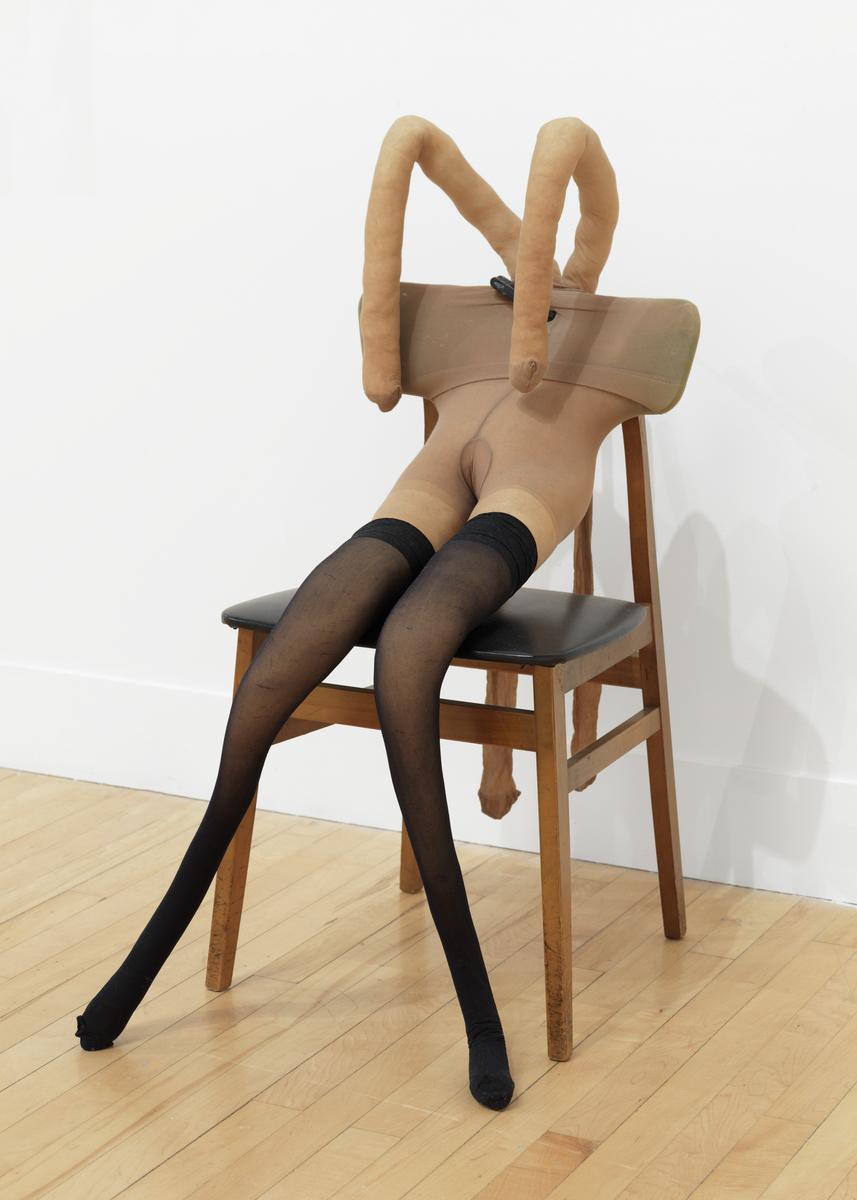
You've viewed 6/13 artworks
You've viewed 13/13 artworks

